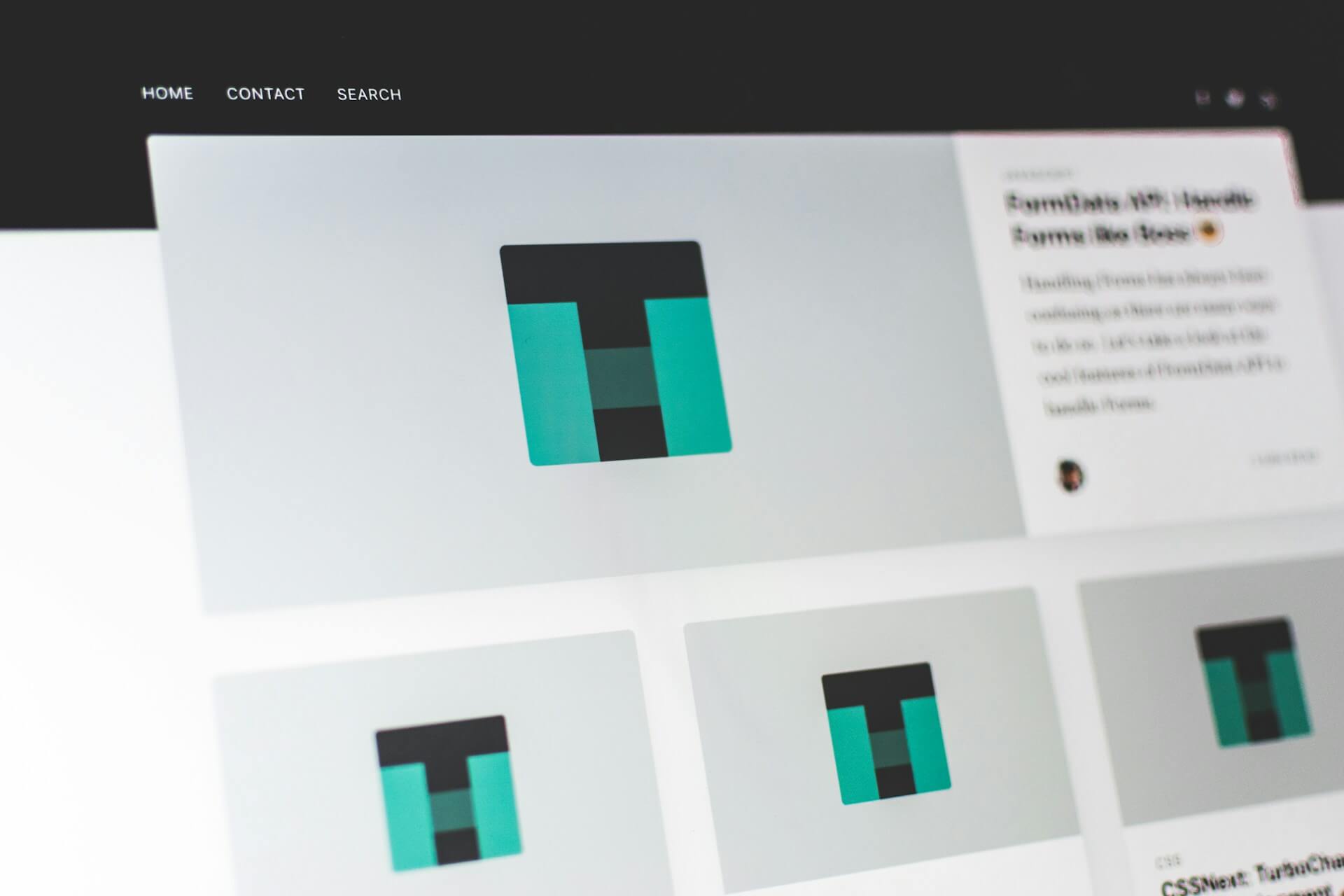
How to Start a SaaS Business: Your Step-by-Step Guide to Building a Successful SaaS Company
The SaaS (Software as a Service) industry is booming, and for good reason. SaaS companies offer scalable, subscription-based services that appeal to businesses and individuals worldwide. If you've ever dreamed of launching your own SaaS business, now is the time to make it happen. Not sure about SaaS? Check out our guide on understanding the difference between IaaS, PaaS, and SaaS.
But how do you turn a brilliant SaaS idea into a thriving business? In this guide, we'll walk you through every step, from validating your concept to finding your target audience and building a successful SaaS company. Whether you're just brainstorming or ready to start your SaaS business, this guide will set you on the right path.
Step 1: Understand the SaaS Business Model
Before diving in, it's crucial to grasp the fundamentals of the SaaS business model. SaaS products are cloud-based solutions that customers access via subscription. The recurring revenue model is appealing because it provides predictable income and scalability, but it also comes with challenges like customer retention and competition. Want to know the costs involved? Check out our detailed SaaS development costs guide.
Some key components of the SaaS business model include:
- Subscription-based pricing: Monthly or annual fees for customers. Learn more about creating a scalable pricing model.
- Scalability: The ability to serve more users without significantly increasing costs.
- Continuous updates: Regular improvements and bug fixes to enhance the user experience.
Step 2: Validate Your SaaS Idea with Market Research
Validation is the foundation of any successful business. You need to ensure there's a demand for your product or service before investing time and money. Looking for inspiration? Explore our guide on discovering hidden niche SaaS ideas.
- Identify the Problem Start by pinpointing a specific problem your SaaS product will solve. The best ideas come from addressing pain points within a particular target market.
- Conduct Market Research Analyze your potential target audience and industry trends. Use tools like Google Trends, forums, and surveys to understand what potential customers are searching for.
- Validate Your SaaS Idea Create a simple landing page that converts or survey to gauge interest. Offer a sign-up for updates or early access to see if your idea resonates with your audience.
Step 3: Craft a Solid Business Plan
A strong business plan is essential for any startup, including SaaS. It serves as your roadmap, outlining how you'll build and grow your business.
Key components of a SaaS business plan:
- Executive Summary: A concise overview of your business goals.
- Market Analysis: Insights into your target market and competition.
- Business Model: Define your pricing strategy and revenue approach.
- Product Strategy: Outline how you'll develop and improve your SaaS product.
- Marketing Plan: Strategies for reaching your target audience through content marketing, ads, and social media.
- Financial Projections: Expected costs, revenue, and profitability. Learn about effective cost management.
Step 4: Build a Minimum Viable Product (MVP)
An MVP, or Minimum Viable Product, is a simplified version of your SaaS product that includes only the core features. Learn how to build an MVP in 10 days and avoid common MVP mistakes.
- Focus on Essentials Identify the most critical features that solve your customers' main problem.
- Launch Quickly The faster you launch your MVP, the sooner you can gather valuable insights from real users. Read why speed matters in product development.
- Iterate Based on Feedback Use customer feedback to refine your product or service and add features that align with their needs.
Step 5: Choose the Right Pricing Model
Your pricing model can make or break your SaaS startup. Choosing the right strategy involves understanding your value proposition, competition, and target market.
Common SaaS pricing models include:
- Freemium: Offer basic features for free, with paid upgrades.
- Tiered Pricing: Different packages for various customer segments.
- Usage-Based Pricing: Charges based on usage levels, such as storage or API calls.
- Flat-Rate Pricing: A single price for all features.
Experiment with pricing strategies to find the one that works best for your SaaS business. Learn more about creating a scalable SaaS pricing model.
Step 6: Focus on Exceptional User Experience (UX)
In the crowded SaaS market, providing a seamless user experience is a must. Your product needs to be intuitive, reliable, and enjoyable to use. Get inspired by checking out the 10 best SaaS websites for design inspiration.
- Simplify the Onboarding Process Ensure new users can easily set up and start using your SaaS product. A smooth onboarding experience boosts retention rates.
- Prioritize Customer Support Offer prompt and effective support to address issues and build trust.
- Continuously Improve Regularly update your product based on user feedback and evolving market trends.
Step 7: Implement Effective Marketing Strategies
Marketing is key to reaching your target audience and turning leads into paying customers. Learn how to get your first 10 B2B SaaS users.
- Content Marketing Create blogs, videos, and case studies to educate potential customers about your product and its benefits.
- Social Media Engage with your audience on platforms like LinkedIn, Twitter, and Facebook. Share valuable content and success stories to build credibility.
- Email Campaigns Use email to nurture leads, share updates, and convert prospects into customers.
- Paid Advertising Invest in targeted ads to reach your target market faster. Platforms like Google Ads and LinkedIn are ideal for SaaS companies.
Step 8: Monitor Metrics and Optimize Performance
To build a successful SaaS company, you need to track key metrics and continuously optimize your strategies.
Some important metrics for SaaS companies:
- Customer Acquisition Cost (CAC): How much it costs to acquire a new customer.
- Customer Lifetime Value (CLV): The total revenue generated from a customer over their lifetime.
- Churn Rate: The percentage of customers who cancel their subscriptions.
- Monthly Recurring Revenue (MRR): Total predictable revenue generated each month.
Regularly review these metrics to identify areas for improvement and maintain a healthy business model.
Step 9: Scale Your SaaS Business
Once your product is proven and you've established a loyal customer base, it's time to scale your SaaS business. This phase involves expanding your reach, improving your product, and increasing revenue. Consider exploring B2B partnerships for growth.
- Expand Your Marketing Efforts Use advanced content marketing, partnerships, and influencer campaigns to grow your audience.
- Add New Features Keep your product competitive by introducing features that meet evolving customer needs.
- Automate Processes Streamline operations with tools for customer support, marketing, and analytics.
Emerging Trends in SaaS Startups
To stay ahead in the competitive SaaS space, it's essential to keep up with new trends. Explore our insights on the future of SaaS in 2025 and how AI is revolutionizing SaaS:
- AI and Machine Learning: Enhance your product with AI-powered features for smarter decision-making.
- Personalization: Tailor experiences to individual users for better engagement.
- Remote Collaboration Tools: Develop products that cater to the growing demand for remote work solutions.
Industry-Specific Solutions
Different industries have unique SaaS needs. Explore our industry guides:
Conclusion
Starting a SaaS business is an exciting journey filled with opportunities and challenges. By following the steps outlined in this guide, you can turn your SaaS idea into a successful SaaS company. Remember to validate your concept, build an MVP, focus on customer needs, and implement effective marketing strategies. With dedication and the right approach, you'll be well on your way to creating a thriving SaaS startup.
So, are you ready to start your SaaS business? The future of software as a service is waiting for you! And if you're wondering if you can do it alone, check out our guide on how a solo developer can build a successful SaaS app.




